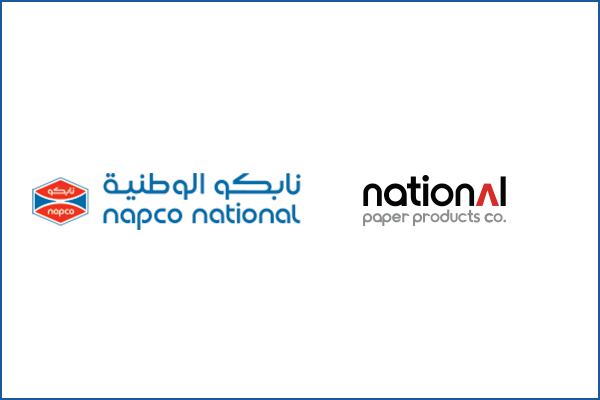Let’s listen to what he has to say:
1- What are the different stages of the disposable diaper manufacturing process?
A sheet of pulp is fed into a rotary mill and is converted into fibers. A vacuum generator, also called the “dust collector”, transports the fibers into a forming pocket. Fibers are mixed with a super-absorbent within the drum former. Once the absorbent core is formed, it is wrapped in a layer of light weight non-woven fabric. A debulker roll is then used to compress the pad and cut it into individual pieces. Afterwards, a poly film or cloth-like material is added to the bottom of the pad and a non-woven material is added at the top.
During the manufacturing process, the frontal tape is glued to the poly film or cloth-like back sheet by a cut and place applicator. A hot melt in the form of multi-lines or spray is used to join the materials together. Elastomerics are also added to provide stretch for the waist and leg area.
The non-woven top sheet can be made of one or more pieces, depending on the features to be added to the diaper. For example, diapers can come with or without leg cuffs. Typical nonwovens used in a diaper are Spunbond and Thermobond or a combination of both. In order to provide water resistance and stop leakage, the top sheet should be made of hydrophilic nonwovens. The next step in the manufacturing process entails adding lateral tapes. At this stage, diapers are ready for packing through an automated process.
2- What are the international norms and standards you abide by to ensure quality control?
Several methods can be adopted to control the quality of disposable diapers; and most of these have to do with absorbency. One key is to make sure the polymer/fiber ratio in the absorbent pad is correct. Too much variation will impact the diaper’s ability to soak up moisture.
Several operation levels are required in order to achieve ultimate quality control.
1) In-Line Visual Inspection System: It covers automatic vision systems and manual in-line visual inspections. Inspections can be performed automatically by a digital imaging equipment; these systems are able to detect the most common diaper defects. In fact, an inkjet printer offers great help in adding a code to each pack.
2) Internal Quality Laboratory: It covers laboratory facilities for testing raw materials as well as finished products. All raw materials must meet the specifications defined by the certificate of analysis negotiated with the suppliers. All data is tracked for future reference and possible consumer comments.
3- Why consumer feedback is important and how do you collect it?
Listening to our customers is the best way to determine what features in a product solve their problems or fulfill their needs.
We continuously conduct focus groups, in-person researches and customer phone surveys to yield customer feedback. Our Consumer Panel Tests give us the chance to test the diaper before it is released into the market. We also use a code tracking system to identify process and raw material problems and reduce complaints. Moreover, statistical analysis allows us to define priorities for the factory in order to promote quality.
4– How do you integrate housekeeping and hygiene in your diaper manufacturing process?
At our company, effective housekeeping is an ongoing operation. It allows us to eliminate some workplace hazards and helps get a job done safely and properly. Effective housekeeping is also a basic part of accident and fire prevention.
5- How does R&D contribute to improving the diaper’s performance?
Napco invests in R&D to develop improvements in its diapers’ comfort and containment. Today, we are still investing heavily in R&D to improve our diapers’ fit, absorbency and durability.
We consider R&D a crucial component of innovation and an important factor in developing new competitive advantages.
Our diapers are made from non-allergic natural fibers and poly-based materials to ensure baby’s skin remains perfectly dry and healthy. They also perfectly fit baby’s body movements to offer more stretch, flexibility and absorbency.
Our company has invested in a state-of-art diaper machine to solve all sorts of wetness and leakage issues; this machine will enable us to provide a body-hugging fit that will help prevent leakage, and contribute to a trim appearance under a baby’s clothing.
We seek to produce a thinner diaper with superior fluid absorption and retention performance; our next diapers will feature excellent softness, cloth-like aesthetics and brilliant printing for nonwoven, film and laminate components.
6- How do you perceive the progress in the diaper manufacturing field?
Operations Manager at the company, Mr. Joseph Al-Rassy
Read Our E-Newsletter – Issue No.2 – August 2016
